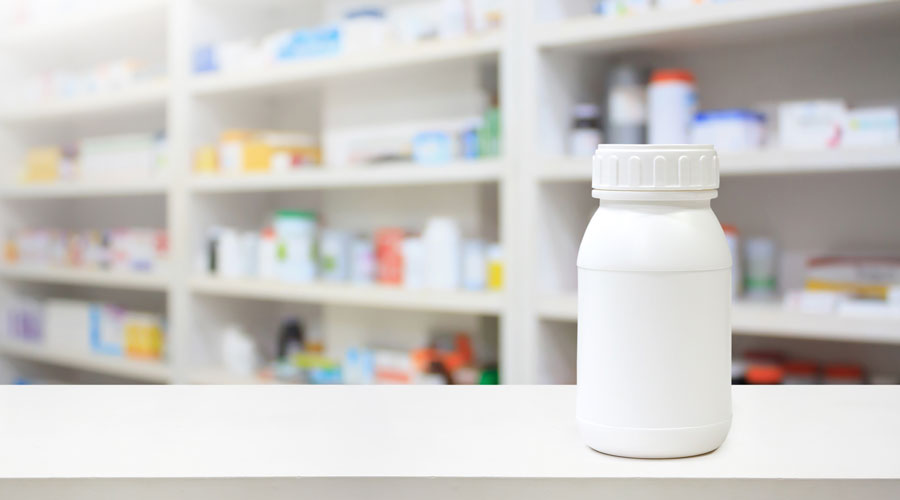Inside: How to buy a pharmacy in five steps, including how to get funding and perform a fair market valuation.
Whether you are hoping to expand your independent pharmacy empire or start your very first location, buying an existing pharmacy is a solid business decision.
When you buy an existing location, someone else has already put in the elbow grease to get the pharmacy up and running: you inherit the pharmacy’s community name recognition, prescription volume, and existing patients.
But not every pharmacy up for sale is going to be a good investment — when you buy a pharmacy, you have to do your research to get to know the business and the community so you can come to a fair price.
How to Buy a Pharmacy in 5 Steps
These five steps can help you find the right pharmacy to buy and ensure you sustain a profit.
Step 1: Identify your options
The first step in buying an independent pharmacy is finding a location that’s right for you.
Have a list of criteria you want to meet. It may be that you’re looking for a pharmacy in a specific area of the state or you want to purchase an urban location rather than a rural one. Once you have an idea of what kind of pharmacy you want to buy, you can start whittling down your options.
To find the perfect location, first go to your state pharmacy association or other local pharmacy group to find out who is in the market to sell. There are also third-party advisors that can help you identify pharmacy owners who might be interested in selling their practice, even if they haven’t officially put it on the market.
You may also find a pharmacy for sale by asking local commercial real estate agents or see one listed for sale online. Search through multiple avenues to ensure you’ve identified all possible options.
Step 2: Ask questions
Before you make an offer on a pharmacy location, you must do your due diligence. Dig deep into the pharmacy’s business practices to ensure you aren’t inheriting a mess.
Ask the current owners for several years of records including:
- Balance sheets
- Income statements
- Cash flow statements
- Accounts receivable
- Tax documentation
- Dispensing records broken down by payer
- Top prescribers
- Top drugs dispensed
- Records of OTC sales
These documents will give you a full picture of what the pharmacy’s business looks like. You’ll be able to see if things are trending upward or downward and identify any potential pitfalls you could encounter as a new owner.
Your research shouldn’t be all about pharmacy finances. Learn as much as you can about the community, as well. Demographic information can tell you a lot about how your pharmacy will operate. If the population is older, that could mean there is a high need for pharmacy services.
Research potential competitors in the area and connect with local healthcare providers to find out how you can best meet the community’s expectations.
Step 3: Perform a valuation
Before you buy, you and the seller must come to an agreement on the pharmacy’s fair market value. To do this, you will likely pay for someone to perform a valuation.
This process takes three years of the pharmacy’s financial data into account. There are several different formulas that are used to determine valuation, and typically the person performing the valuation will use multiple methods to produce a high estimate and a low estimate.
Though a valuation is produced using hard numbers, emotional attachment can throw a wrench in the process. While you are excited to take on the new challenge of pharmacy ownership, the current owner may be reticent to let go of the pharmacy they put years’ worth of work into.
You will probably have to negotiate with the seller to get a price you’re happy with, and having that valuation can help you stay clear-eyed during an emotional process.
Read more: 9 Tactics to Win Any Negotiation (From an FBI Hostage Negotiator)
Step 4: Secure financing
Unless you have a hoard of cash stashed away, you’ll have to secure financing before you seal the deal.
The most common way to finance a business like an independent pharmacy is through a loan backed by the U.S. Small Business Administration. These loans have lower interest than traditional bank loans with more generous repayment terms and smaller down payment requirements.
SBA loan applications often take months to process and are frequently denied. To improve your chance of getting approved, put together a polished loan package that includes:
- Statement of purpose
- Business plan
- Cash flow statement
- Income statement
- Balance sheet
- Personal financial statement
If you can’t wait for an SBA loan, there are other financing options. Grants exist for independent pharmacies, and you don’t have to pay grant money back. However, grants are usually subject to a competitive application process where funds are not guaranteed.
Another option is to find an investor that is enthusiastic about your pharmacy. Investors put in money in exchange for ownership, so be sure you and your investor are on the same page about your pharmacy’s goals before committing to a partnership.
Read more: Pharmacy Financials 101: Financing
Step 5: Close the deal
As you finish up your purchase and pick a closing date, there are some finishing touches you’ll need to take care of.
The main issue is making sure you’re all set with health plans and PBMs. You may have to re-enroll with them once you take control of the pharmacy. This is critical, because if you aren’t enrolled with PBMs or health plans, you can’t get paid.
You also have to transfer all of the previous owner’s contracts to your name. Contact all the suppliers the old owners used to set the record straight.
You’ll also have to take care of licenses, which means notifying your state board of pharmacy and the DEA of the new ownership.
Those are the big things that will ensure you can operate your pharmacy legally without an interruption in inventory or reimbursements, but don’t forget about the smaller changes. Changing the utilities to your name and taking over the lease agreement for your space are equally important for a smooth transition of ownership.
Know that you know how to buy a pharmacy, learn how to make it profitable.
A Member-Owned Company Serving Independent Pharmacies
PBA Health is dedicated to helping independent pharmacies reach their full potential on the buy-side of their business. Founded and owned by pharmacists, PBA Health serves independent pharmacies with group purchasing services, wholesaler contract negotiations, proprietary purchasing tools, and more.
An HDA member, PBA Health operates its own NABP-accredited secondary wholesaler with more than 6,000 SKUs, including brands, generics, narcotics CII-CV, cold-storage products, and over-the-counter (OTC) products — offering the lowest prices in the secondary market.












